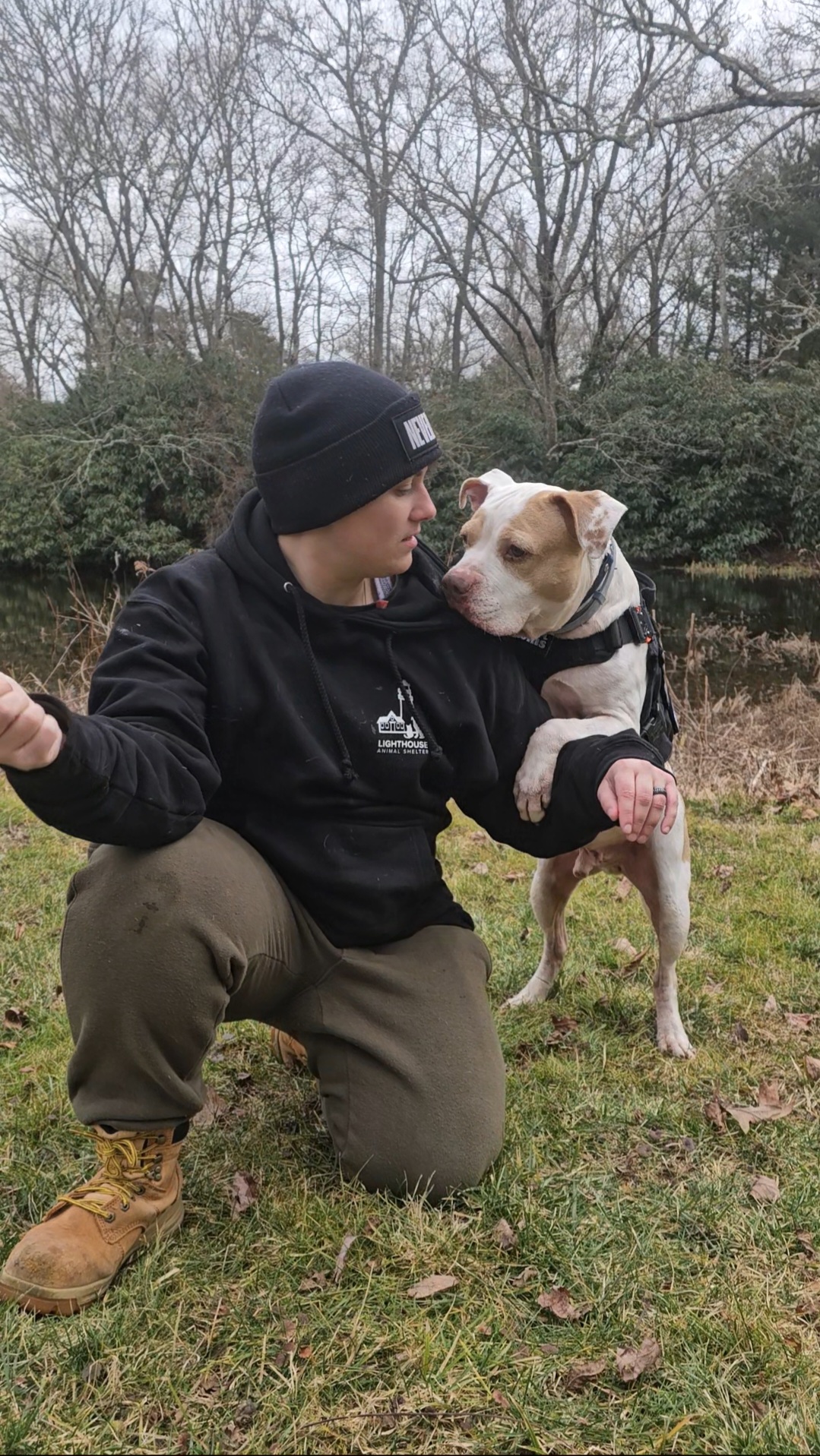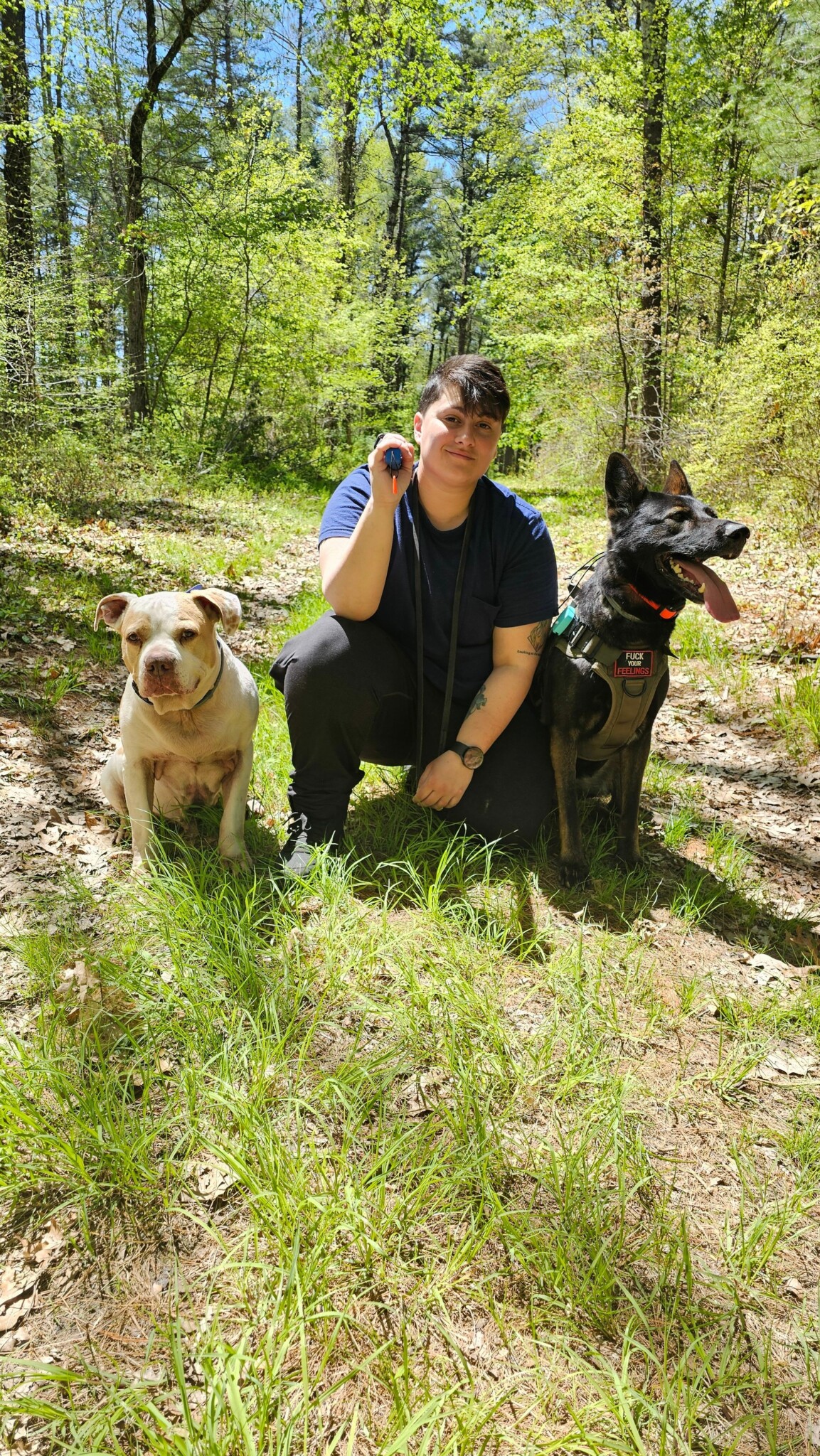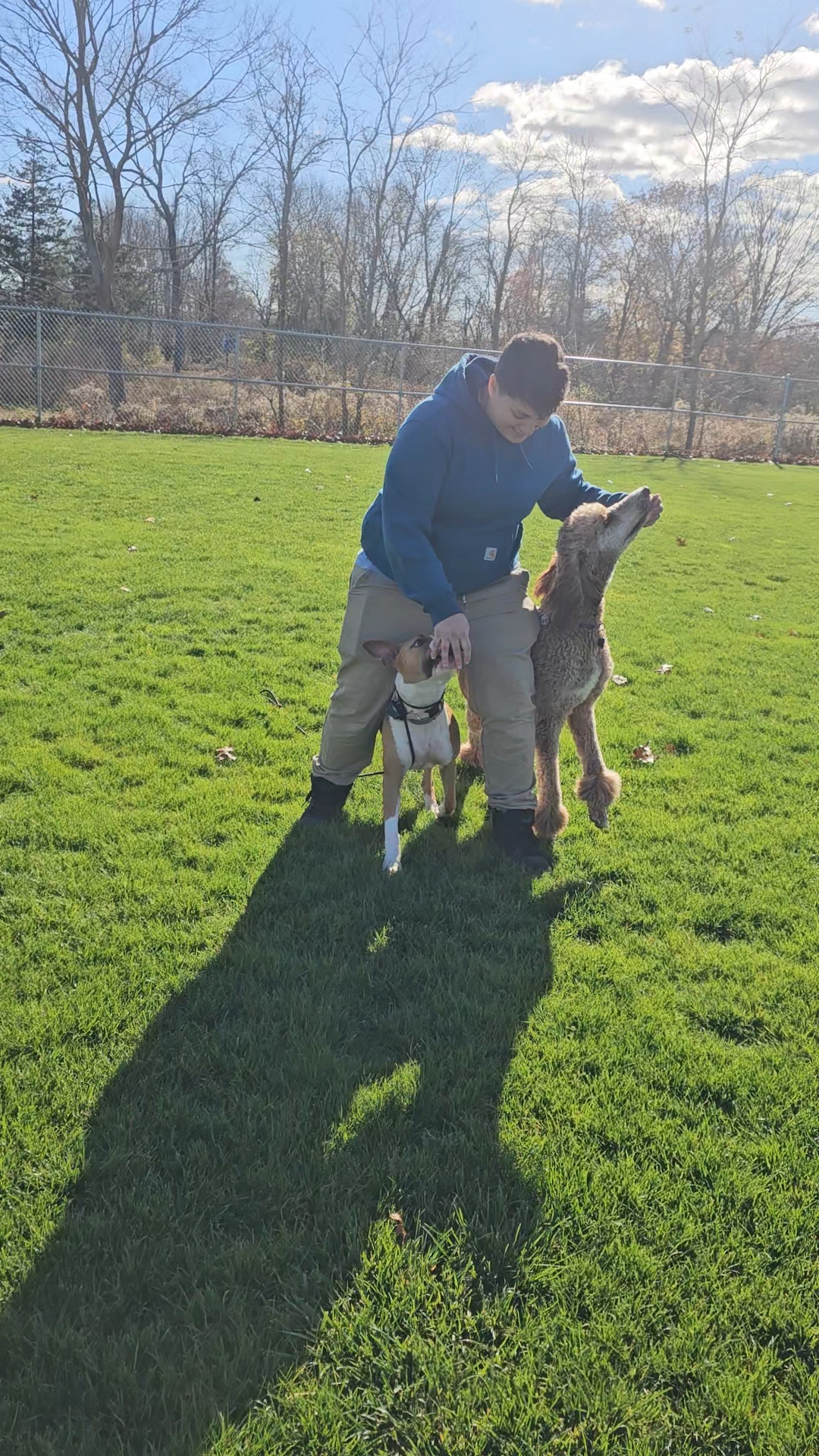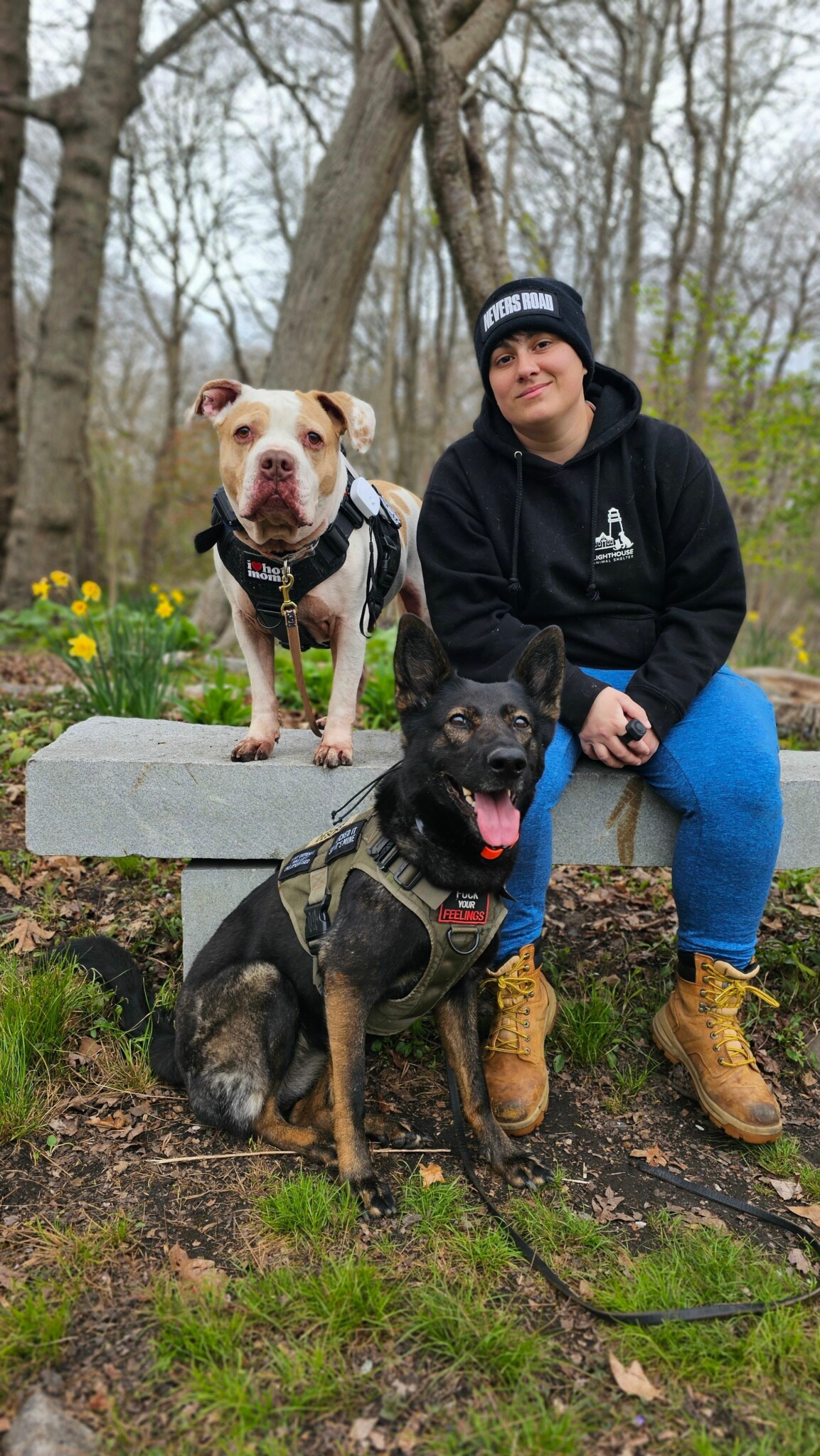We recently connected with Hannah Desousa and have shared our conversation below.
Hannah, appreciate you joining us today. Let’s start with the story of your mission. What should we know?
Seven years ago, I was completely new to dog training and honestly, I had a lot to learn. At the time, I had a German Shepherd named Murphy who was full of energy but had a condition called Megaesophagus, which unfortunately went undiagnosed for much of her life despite constant vet visits. This condition meant she was always severely underweight no matter how much I fed her, and I had to find ways to keep her mentally stimulated without overexerting her physically.
That’s when I first stumbled into obedience training as a way to engage her mind and provide structure. I quickly realized that not only could it help Murphy by stimulating her brain and tiring her out, but it was something I genuinely enjoyed. Around the same time, I moved in with my now-wife Jess, and her dog Scamp wasn’t too fond of Murphy. They would constantly fight, and we ended up using the “Crate and Rotate” method, which kept them separated at all times. But I knew there had to be a way to change things and help them live peacefully together.
So, I sought out a trainer who in the end became a mentor to me. He taught me a lot about dog behavior and the art of training, and eventually, Murphy and Scamp were able to live together harmoniously. Im happy to say that today they can sleep in the bed together, train together, and even be trusted unattended together. This experience was a huge turning point for me—it changed my life, and it was in that moment I realized how much I wanted to help others facing similar struggles.
Through this journey, I discovered my mission: to help people build stronger, more genuine relationships with their dogs and to truly understand their dogs. I’ve been able to relate to almost every client I’ve worked with because I’ve been there myself. I know what it’s like to feel frustrated or overwhelmed when your dog isn’t behaving the way you want, whether it’s not coming when called, being overly reactive, or only responding when food is involved. Because of my personal experience, clients trust me because they know I understand what they’re going through, and I’m not here to judge.
My goal with every client is to create a better life for both them and their dog—whether that means helping a reactive dog become calm and balanced or giving a dog the freedom to be off-leash. The joy I get from seeing a dog and their owner truly connect and thrive is what keeps me passionate about this work, and it’s why I do what I do every single day.
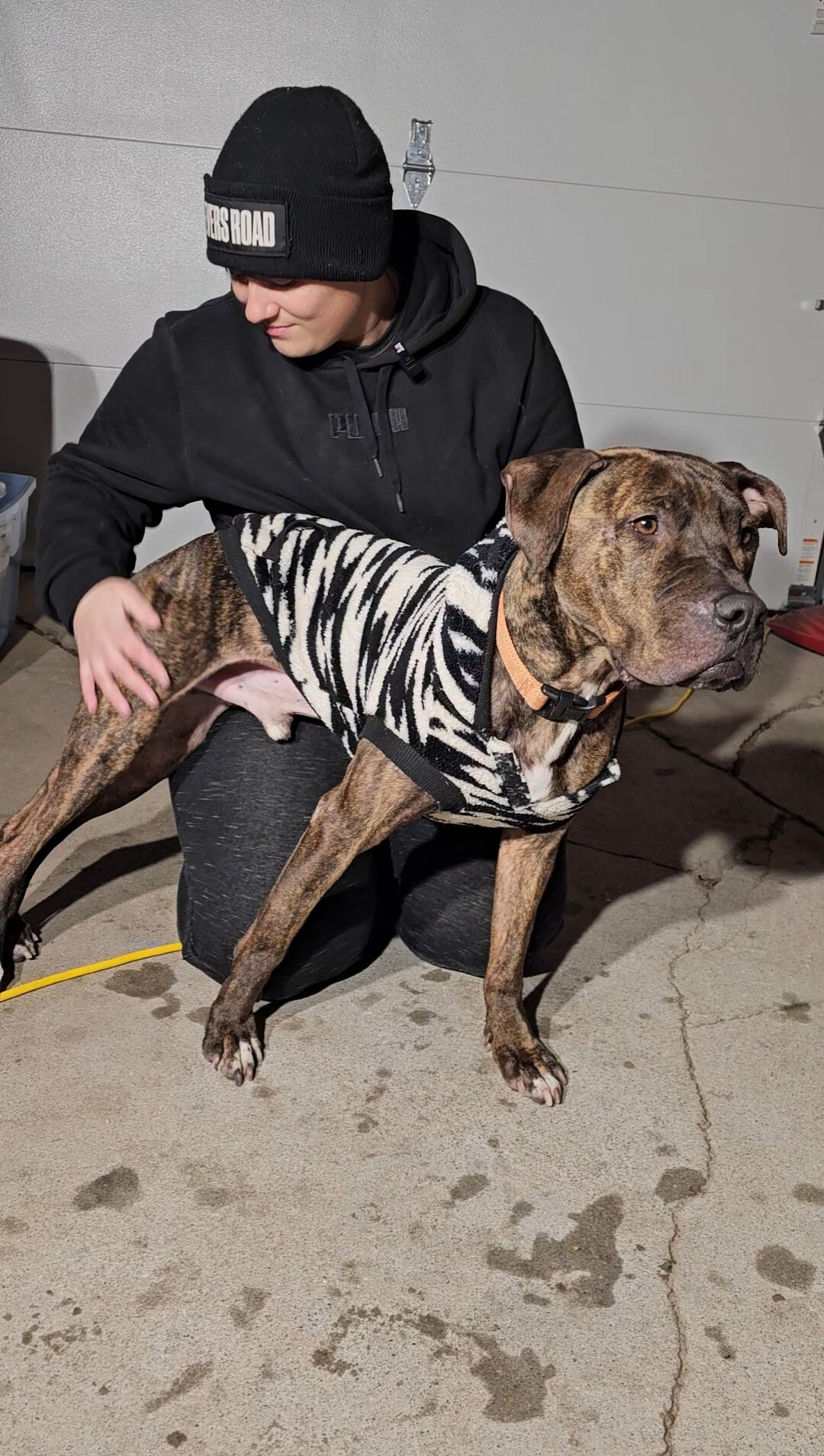
Hannah, before we move on to more of these sorts of questions, can you take some time to bring our readers up to speed on you and what you do?
In the dog training industry, it’s common for people to get puppies because they’re adorable, only to realize the amount of work that actually goes into raising them. Many people assume that attending group classes to teach basic obedience will solve issues like counter surfing, jumping on guests, or barking at the mailman. However, obedience and behavior are two distinct concepts. Obedience is about teaching a dog to follow commands like “sit” or “stay,” while behavior refers to the actions a dog chooses, such as jumping, pulling on the leash, or barking. It’s important to understand that treating unwanted behaviors requires more than simply focusing on obedience.
What sets me apart as a dog trainer is my understanding that behavior modification is a complex process that involves getting to the root of the issue. It’s not enough to simply tell a dog “off” when they’re jumping up on someone; we need to explore why they’re jumping in the first place. For example, if a dog is barking at strangers because they’re fearful or nervous, simply
teaching a “place” command to address the barking only treats the symptoms. To create lasting results, I focus on building the dog’s confidence and helping them understand that new people aren’t something to fear.
I pour my heart and soul into each client’s journey. Whether it’s basic obedience training for a puppy or helping an older shelter dog overcome reactivity and navigate the world with more confidence; I’m dedicated and celebrate every victory alongside my clients. I didn’t become a dog trainer for financial gain; my passion lies in helping people better understand their dogs and building a stronger line of communication.
Dogs do communicate—they just speak a different language, and it’s our job to listen.
The joy I find in my work comes from watching both dogs and their owners grow. I’m committed to strengthening the bond between them and helping dogs become more confident, calm, and better equipped to navigate the world around them.
In addition to in-person training, I offer virtual lessons via Zoom, which allows me to extend my reach and assist clients worldwide. This service developed in response to the growing demand from my social media following. With over 60,000 followers on TikTok, I frequently received requests from people across the U.S. who expressed a desire to work with me but were limited by geographic distance. Recognizing this need, I began offering virtual lessons, enabling me to connect with and help clients from anywhere in the world. This has greatly expanded my ability to make a positive impact and support dog owners beyond my local area.
Anyone can book a consultation with me or schedule a virtual lesson using the following link:
https://app.acuityscheduling.com/schedule.php?owner=34593181

We’d love to hear the story of how you built up your social media audience?
Social media has played a pivotal role in the success of my business. Originally from Bristol County, Massachusetts, I began by joining various local Facebook groups for surrounding cities and towns. Many cities have their own Facebook pages, such as “Tiverton Happenings” or “The Real Swansea MA.” I made it a point to post weekly in each of these groups, promoting my services. Many of these groups allow advertising once a week, so I would schedule my posts—Monday in Swansea, Tuesday in Tiverton, Wednesday in Westport, and so on. This strategy provided me with consistent daily exposure, helping me to attract new in-person clients.
Around the same time, I also started posting on TikTok. Initially, it was just for fun, but I realized it could serve as a valuable tool to provide potential clients with additional content to consider when deciding whether to reach out to me. As a new business owner, it’s challenging to get noticed when you don’t have a strong online presence or many reviews to back you up. I wanted to ensure that if someone came across my posts on Facebook, they would be able to find more content to help them make an informed decision.
Eventually, I began sharing free dog training advice on TikTok, which sparked significant interest and helped me grow a following. People are naturally drawn to free resources, and this allowed me to demonstrate my expertise. However, I had to learn how to balance giving enough valuable information to showcase my knowledge while leaving enough information out to encourage people to seek my services. For example, if someone asked how to teach their dog to sit, I would post a video showing how to lure the dog into a sit position. While this answered their question, the missing details—such as how to phase out the lure or teach the dog to sit with just the verbal command—are what prompted people to reach out to me for further guidance.
One of the most pivotal moments in my career came when a client found me through TikTok. After working with me, they adopted a second dog from Lighthouse Animal Shelter, which had its own Facebook page for adopters. The client referred another adopter to me, who was struggling with their newly rescued dog. It turned out that this new client was a longtime foster parent for the shelter and had recently “foster-failed” with the dog they needed help with. This led to a connection with the shelter, and I became their go-to trainer. I offered free training for any dogs in the shelter and discounted lessons for foster parents. After building a relationship with the shelter, they began distributing my business cards when dogs were adopted. This partnership was a major milestone in growing my business.
As for advice for those just starting out with building a social media presence, my best recommendation is to keep posting. It can be discouraging to spend a lot of time creating content that only gets a few views, but consistency is key. We all start somewhere, and growth takes time.
For those focused on TikTok, I’d like to share a few tips. TikTok is pushing for longer-form content as it competes with platforms like YouTube. While it can be difficult to capture someone’s attention for 5 seconds, much less 2 minutes, the key is editing short clips together to maintain interest. I’ve found that TikTok’s algorithm favors voiceover-style content over using trending audio, as it comes across as more authentic and genuine. Originality is crucial —TikTok rewards content that stands out. While I occasionally participate in trends, the majority of my content is longer-form voiceovers, typically 1-3 minutes in length.
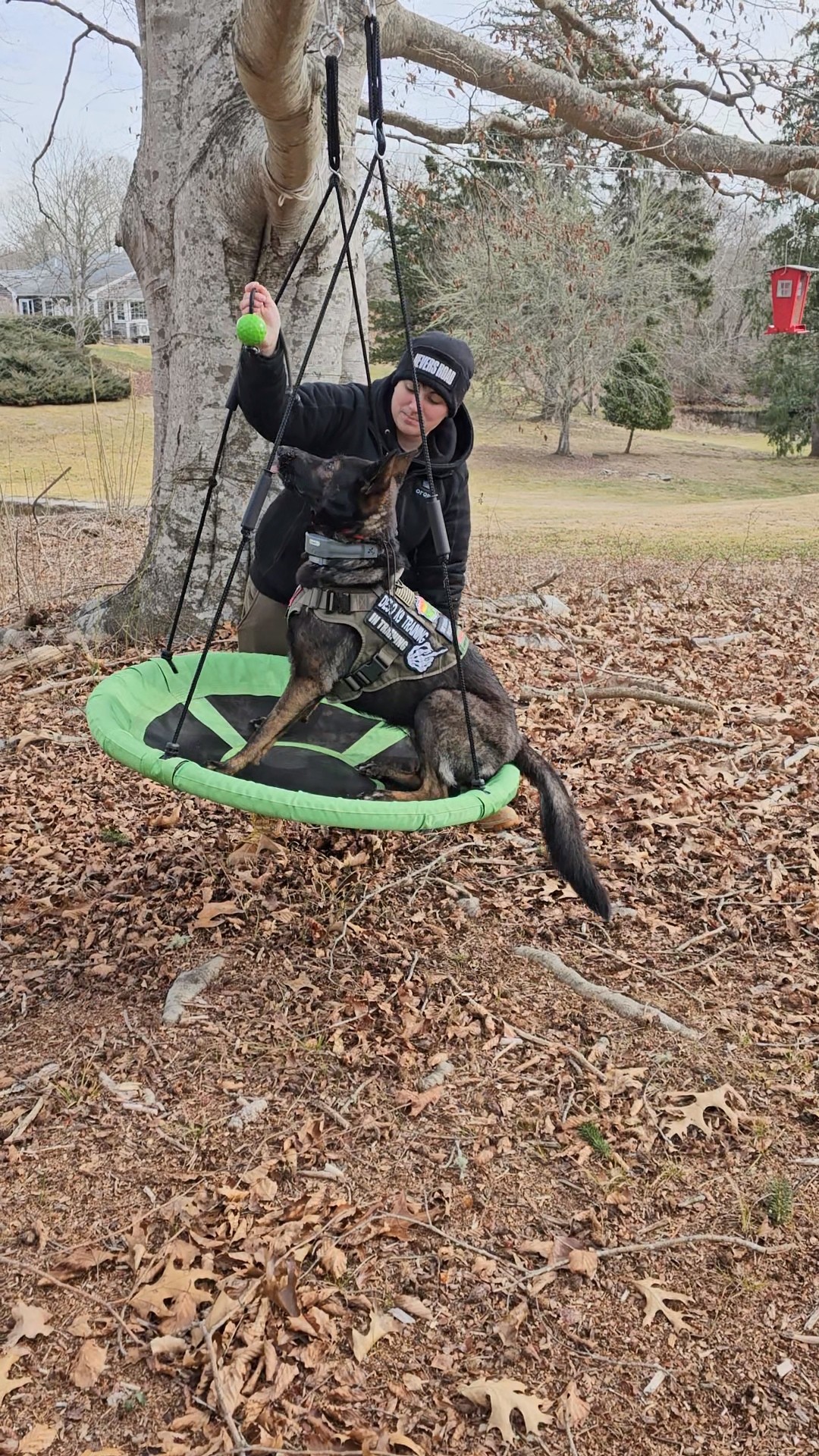
Can you share a story from your journey that illustrates your resilience?
I once had a client reach out to me with a challenging situation. They explained that their dog had been aggressive towards humans and had bitten two people severely enough to send them to the emergency room. Additionally, they mentioned that local animal control had informed them that if it happened again, the dog would need to be euthanized. I appreciated their honesty and, despite the difficult circumstances, I was eager to help. While they were outside my usual service area, I made an exception because I wanted to offer this dog a chance to turn things around.
I told the client that I was happy to help, but that the dog needed to be leashed and muzzled at all times while I was present. When I arrived for our first session I was walking up to the front door when I called the client to remind them of this, but instead of answering the phone call, they opened the door and the dog bolted out. Unfortunately, I was bitten multiple times, including on my knee, which required a trip to the emergency room and caused me to be out of work for several weeks. To make things worse, the dog wasn’t wearing a leash, muzzle, or even a collar, which meant I had no way of getting the dog off of me. When I asked the client for help, they froze and said, “I’m scared.”
I had no choice but to report the bite to animal control, which meant the dog was now at risk of euthanasia due to its history of aggression. This situation was heartbreaking for me because I was there to help this dog, but instead, I had become its third strike with Animal Control. It was a tough experience that affected me both physically and emotionally. I realized that no matter how much I wanted to help every dog, I couldn’t trust every client to take the necessary precautions to ensure my safety, and that’s something that can’t be overlooked when working with potentially dangerous dogs.
I also came to understand that in order to help these dogs, I had to first be in the right headspace. After this experience, I took a break from working with reactive and aggressive dogs. I knew I needed time to rebuild trust—not just with the dogs, but with the owners as well. I felt guilty turning away clients who needed my help, but I knew it was important to take care of myself emotionally and physically so I could continue to work with dogs in a meaningful and effective way.
This time away taught me a lot about how to approach these cases more safely. I now require all consultations to take place outside the home with the dog on a leash. I wait in my car until I can see the client come out with the dog securely restrained. This routine gives me time to evaluate the dog’s temperament in a safer environment, and it also allows me to assess whether the client is capable of safely controlling their dog.
This experience has reshaped how I work with aggressive dogs, but it hasn’t changed my desire to help. There’s nothing more rewarding than seeing a dog who once struggled with aggression learn to walk calmly past another dog or finally coexist peacefully with other pets in the home. I’ve learned that with the right precautions, trust, and mindset, I can make a positive difference in the lives of these dogs and their owners.
Contact Info:
- Website: https://www.DeSoK9Training.com
- Instagram: https://www.instagram.com/desok9training/
- Facebook: https://m.facebook.com/DeSoK9Training/
- Youtube: https://m.youtube.com/@DeSoK9Training
- Other: Tiktok: https://www.tiktok.com/@desok9training?
Book a Consult:
https://app.acuityscheduling.com/schedule.php?owner=34593181
